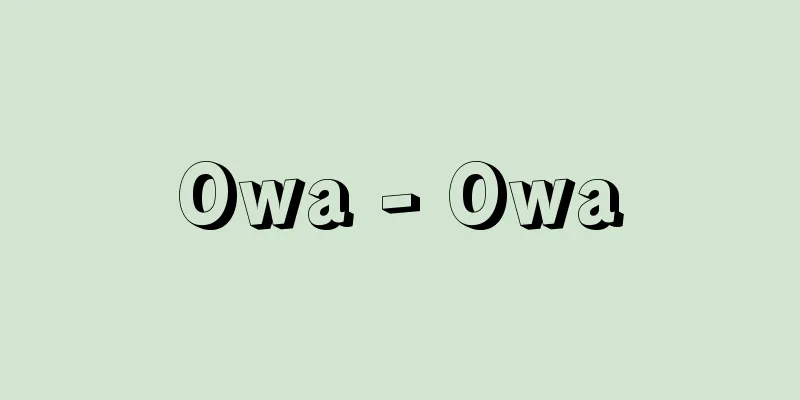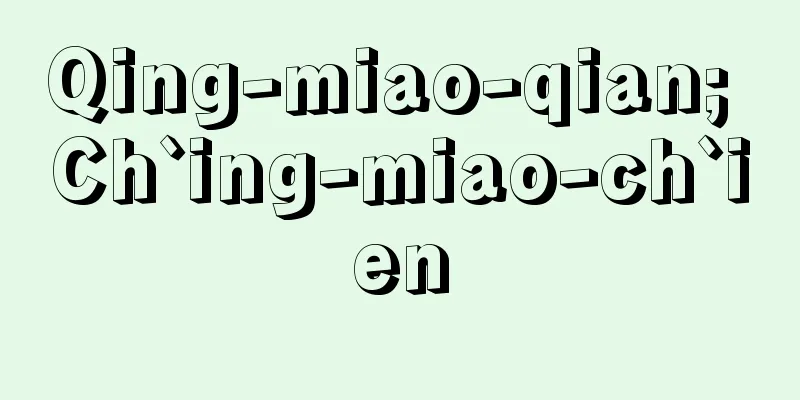Uguisu mochi - Uguisu mochi

|
…It can be made from yellow soybeans as well as green soybeans, and is sometimes called “uguisu kinako.” It is widely used in Japanese sweets, such as uguisu mochi as is, or mixed with sugar and a small amount of salt to make Abekawa mochi, kuzu mochi, and ohagi. Suhama, which is made by adding starch syrup and kneading it, is a type of sweet called mameame that has been around since the Muromachi period. … *Some of the terminology that refers to "uguisu mochi" is listed below. Source | Heibonsha World Encyclopedia 2nd Edition | Information |
|
…黄ダイズのほか青ダイズでもつくられ,これを〈うぐいすきな粉〉と呼ぶこともある。和菓子にひろく用いられ,そのままでうぐいす餅に,砂糖と少量の塩をまぜて安倍川餅,クズ餅,おはぎなどに用いる。水あめを加えて練り固める州浜(すはま)は,豆あめの名で室町期から行われた菓子である。… ※「うぐいす餅」について言及している用語解説の一部を掲載しています。 出典|株式会社平凡社世界大百科事典 第2版について | 情報 |
>>: Adopted child of the nightingale - Uguisu no yōshi
Recommend
Carburization
This is a process in which carbon atoms are soake...
Kimaji - Kino Maro
?-? A nobleman from the Nara period. Father of Ki...
《Engiyaku》 - Engikyaku
...The 12 volumes of the code were compiled in 90...
"Autumn Leaves" (poem) - He
…Other collections of poems include “Tales” (1946...
Hidenari Iba - Hidenari Iba
…His name was Hideaki. He was the eldest son of I...
Girumame Neway - Girumame Neway
…Even in the late 1950s, when the “age of indepen...
Medical school - Igakukan
A traditional Chinese medicine school in the Edo ...
Correspondence - Oufukushokan
…With the organization of the international commu...
Secondary school history - Nichureki
It has 13 volumes. It is thought that the current...
Takahama [town] - Takahama
A town in Oi County, on the western edge of Fukui ...
General Sociological System
…He returned to West Germany immediately after th...
Yin-ma - Kagema
In the Edo period, this was a colloquial term for...
Lee Jae-in
Date of birth and death unknown. Chinese painter ...
Weather Report - Fūshinjō
Three letters from Kukai to Saicho in the early H...
Emperor Yomei
The 31st Emperor (reigned 585-587). His Japanese ...









